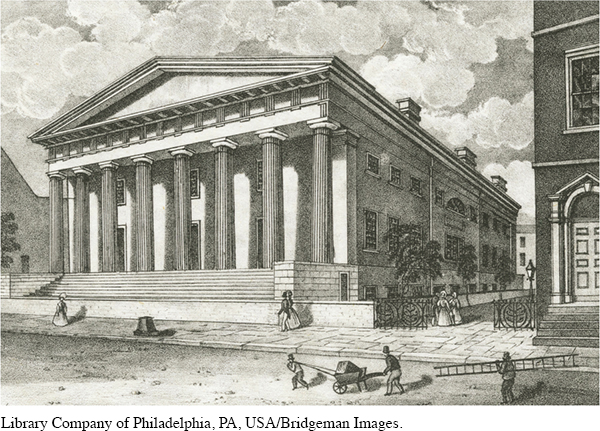The American Promise: Printed Page 291
The American Promise, Value Edition: Printed Page 269
The American Promise: A Concise History: Printed Page 303
Booms and Busts
The American Promise: Printed Page 291
The American Promise, Value Edition: Printed Page 269
The American Promise: A Concise History: Printed Page 303
Page 291One aspect of the economy that the lawyer-

The American Promise: Printed Page 291
The American Promise, Value Edition: Printed Page 269
The American Promise: A Concise History: Printed Page 303
Page 292Recovery took several years. Unemployment declined, but bitterness lingered, ready to be stirred up by politicians in the decades to come. The dangers of a system dependent on extensive credit were now clear. In one folksy formulation that circulated around 1820, a farmer compared credit to “a man pissing in his breeches on a cold day to keep his arse warm—
By the mid-
Review Why did the United States experience a market revolution after 1815?